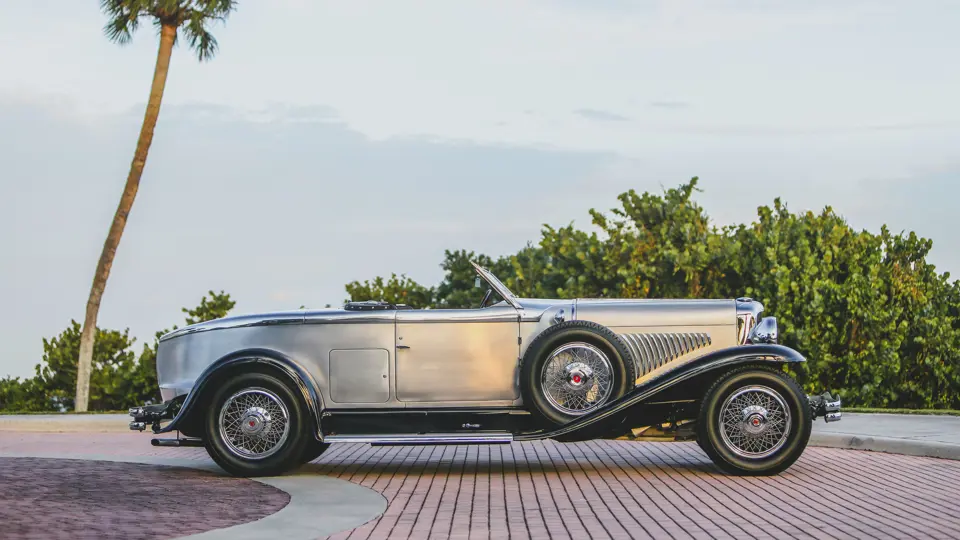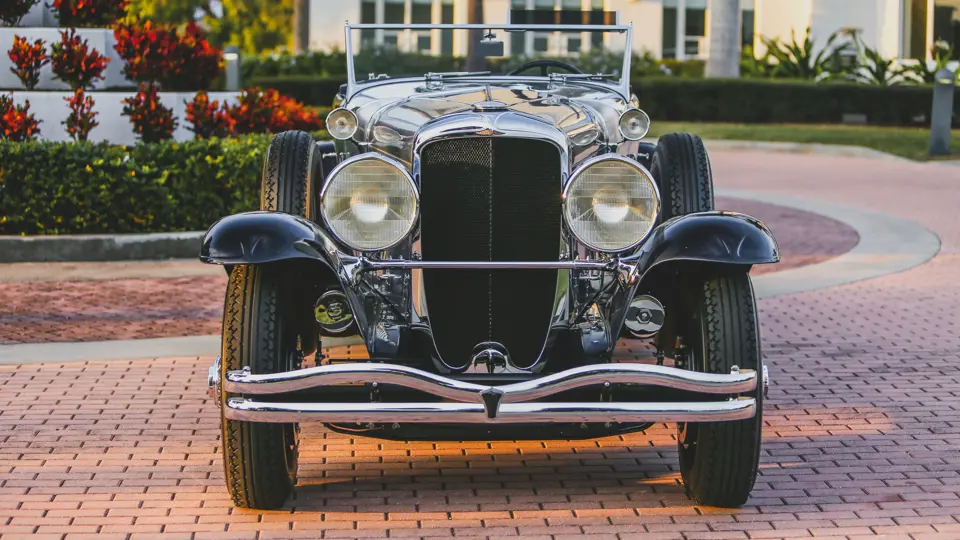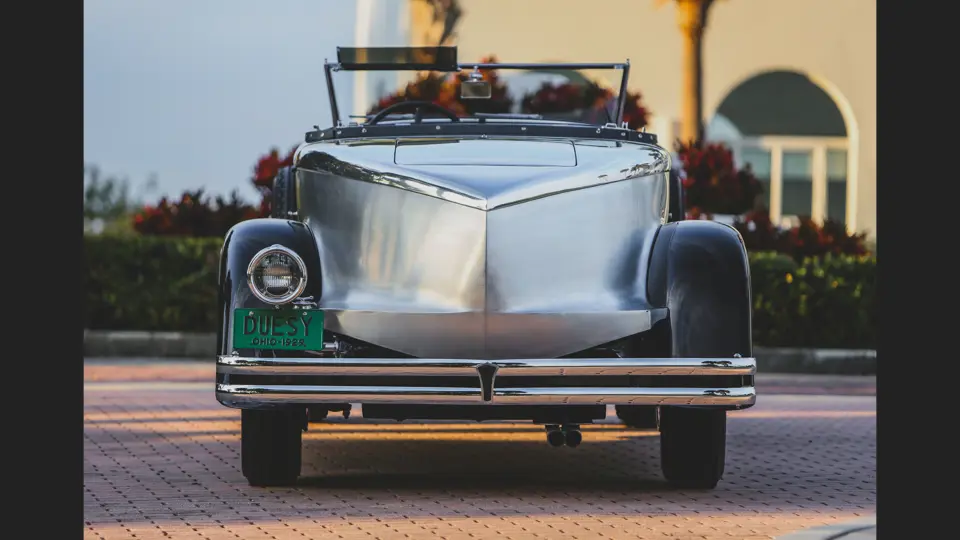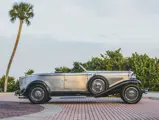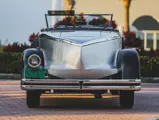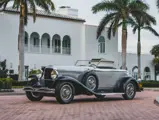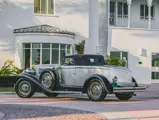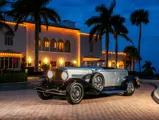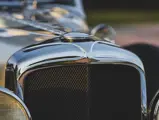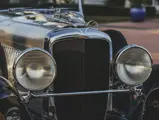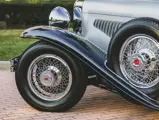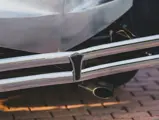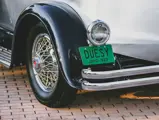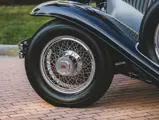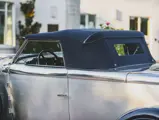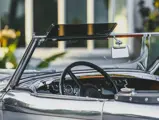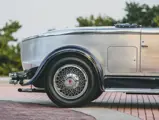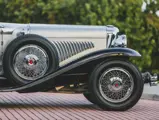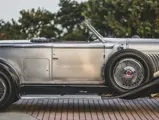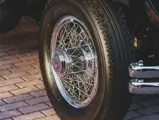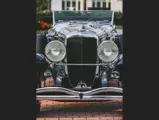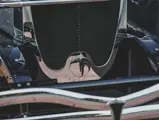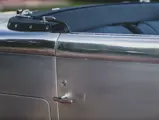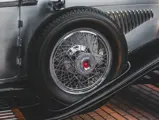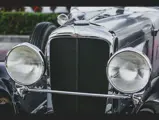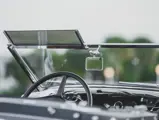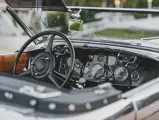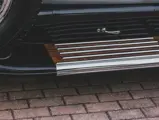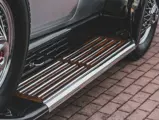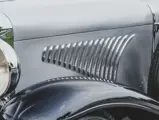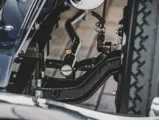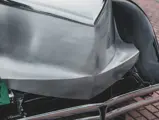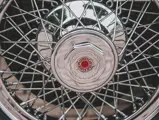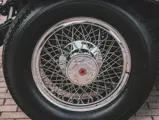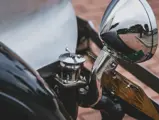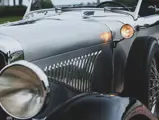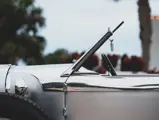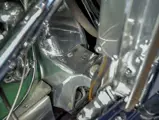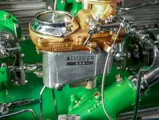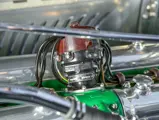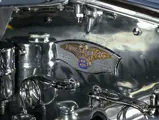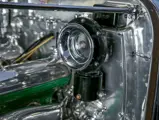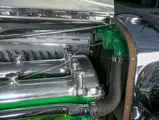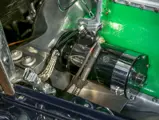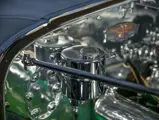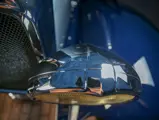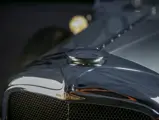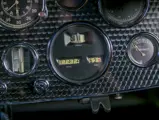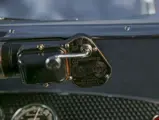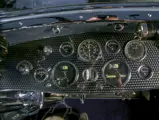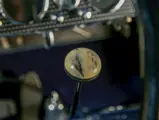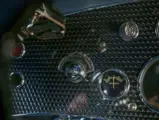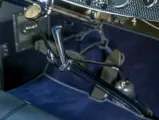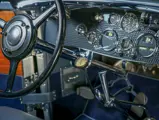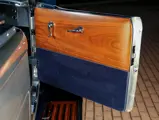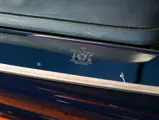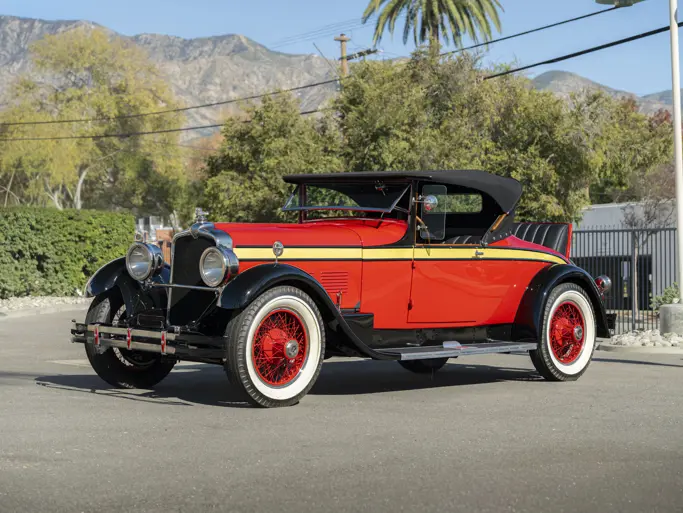
1929 Duesenberg Model J 'Disappearing Top' Torpedo by Murphy
{{lr.item.text}}
$5,725,000 USD | Sold
{{bidding.lot.reserveStatusFormatted}}
- Among the most beautiful and important designs on the Duesenberg chassis
- Delivered new with bare aluminum coachwork and a one-off tail
- Recent meticulous concours restoration by RM Auto Restoration
- 2020 Amelia Island Concours d’Elegance Best in Class winner
- ACD Club Certified Category One (D-119)
The most famous design of Pasadena, California, coachbuilder Walter M. Murphy on the Duesenberg Model J chassis, the “Disappearing Top” Convertible Coupe saw production of about 25 examples, all with a distinctive convertible top that hid neatly within the smooth rear deck when lowered.
Yet there is a much rarer machine, the “Disappearing Top” Torpedo Convertible Coupe, which is considered by many to be the utter pinnacle of Murphy’s work on Duesenberg chassis. It combined the standard convertible coupe’s lines with the flowing, gracefully tapered deck of a “boattail” speedster, often finished in bare aluminum that extended forward through the beltline and down the center of the car’s cowl – providing an extra touch of sparkle in the California sun.
Few Duesenbergs so beautifully combined the marque’s performance ethos with the glamour of a status symbol.
CHASSIS NUMBER 2199
Six examples of the “Disappearing Top” Torpedo Convertible Coupe were produced, five on the short wheelbase and a single long-wheelbase example. Body no. 876, used on the car offered here, may have been the first, as this and body no. 898, used on J-198 / 2221, were both “800-number” bodies, indicating they were built on-spec for Duesenberg rather than for individual clients. These two cars featured an early prototype version of the Murphy Disappearing Top, which hid under a low leather tonneau rather than a full metal clamshell lid. Further, body no. 876 features a single-passenger rumble seat within a unique tail design, which, rather than forming a clean point as on other examples, flares out again at the bottom, extends out to the sides, and then curves to meet the rear fenders – an important identifying point in the surviving Murphy photos of the car.
This was one of two Torpedo Convertible Coupes delivered without the usual chrome “rub strips” on the rear fenders, and, most distinctively of all, with bare aluminum coachwork. The sides of the body and much of the hood were brush-finished, while the top of the rear deck, flowing through the caps of the doors and into the “sweep” of the hood, was polished to a mirror finish. The stunning result resembled the dazzling Rolls-Royces built for certain Maharajas. Only the fenders and valances were painted a rich dark blue.
According to the records of the late Duesenberg historian Ray Wolff, chassis number 2199 was sold new to David Gray of Santa Barbara, California. Mr. Gray’s father, John, had in 1903 made the wise decision to invest $10,500 in the fledgling automobile company founded by Henry Ford. In 1919, David Gray sold the family stock back to Mr. Ford for $26 million and lived quite happily for the remainder of his life.
The Gray Duesenberg was sold on in 1933 to William McDuffie of Los Angeles. Later in the 1930s, like so many Duesenbergs, it was modernized with the addition of skirted JN-style fenders and the smaller 17-inch wheels. In this form, it was apparently noticed by Hollywood, as it made an appearance on the silver screen in a memorable scene of the film She Had to Eat. The car continued to enjoy the care of a handful of Southern California caretakers through the late 1940s, including the Beverly Hills attorney and longtime Motor Trend columnist Robert J. Gottlieb.
In 1951, it was purchased by William Coverdale, an early and longtime Auburn Cord Duesenberg Club member from Waynesville, Ohio. A member of an old railroad family, Mr. Coverdale was an avid Duesenberg enthusiast who regularly hosted the faithful at his farm. This was notably his favorite Model J. By the time of his acquisition, it was missing the original engine, J-178, which had reportedly been used by the Los Angeles dealer Bob Roberts for parts. Coverdale was able to acquire another original Duesenberg engine, J-414, which he installed, and which remains under the hood to this day.
With the “boattail” returned to presentable running order, in addition to a light cosmetic refurbishment, Mr. Coverdale often enjoyed driving it. It appeared at an early ACD Club meeting in Avon, Pennsylvania, in the mid-1950s, and would occasionally reappear at Auburn over the years. It remained a prized possession of its owner until 1985, when he was finally convinced to part with it after 34 years. After being brokered through the hands of Bob Adams and Tom Barrett, and briefly owned by the late Rick Carroll, the Duesenberg was acquired by the Blackhawk Collection. Following a restoration, the car was then presented to the Auburn Cord Duesenberg Club and was certified Category One, recognizing that it retains all correct Duesenberg components, including the original chassis frame, firewall and bodywork.
In 2015 the car was acquired by the proud current owner, who submitted it to RM Auto Restoration for a complete, concours-quality restoration. Research allowed the remarkable original bare brushed aluminum finish to be carefully restored, while surviving Murphy factory and period photographs allowed the original trim, altered by prior owners, to be faithfully reproduced. RM was able to save the vast majority of the original aluminum sheet metal, preserving it at great cost wherever possible – a laborious but highly worthwhile process that is evident in the finished product. The dark blue interior and fenders are as-original.
The result drew much attention and favorable comment upon its debut at the 2019 Pebble Beach Concours d’Elegance, where, amidst extraordinarily tough competition, it was judged Second in Class. It went on to appear at the 2020 Amelia Island Concours d’Elegance, where it achieved Best in Class. These remain the only two appearances of the car wearing its present restoration, and thus a world of both club and concours showings remains available to the successful bidder.
Through the years, the car has been featured on the cover of the Auburn Cord Duesenberg Club Newsletter (Number 7, 2002, misidentified as J-476) and in most of the well-known Duesenberg tomes, including Josh B. Malks’s Illustrated Duesenberg Buyer’s Guide (p. 49), J.L. Elbert’s Duesenberg: The Mightiest American Motor Car (p. 49, plate 39), and Fred Roe’s Duesenberg: The Pursuit of Perfection (p. 236, center, misidentified as J-476). It is accompanied by copies of photographs taken in Tom Barrett’s possession.
With its unique details and fascinating history, this extraordinary Duesenberg is every bit the striking and showstopping machine that it was when delivered to David Gray in 1929. One of only four surviving “Disappearing Top” Torpedo Convertible Coupes remaining intact on their original chassis, and the only car still in its original bare aluminum livery, it is a truly remarkable automobile – one that stands alone even in the rarefied world of Model J Duesenbergs.

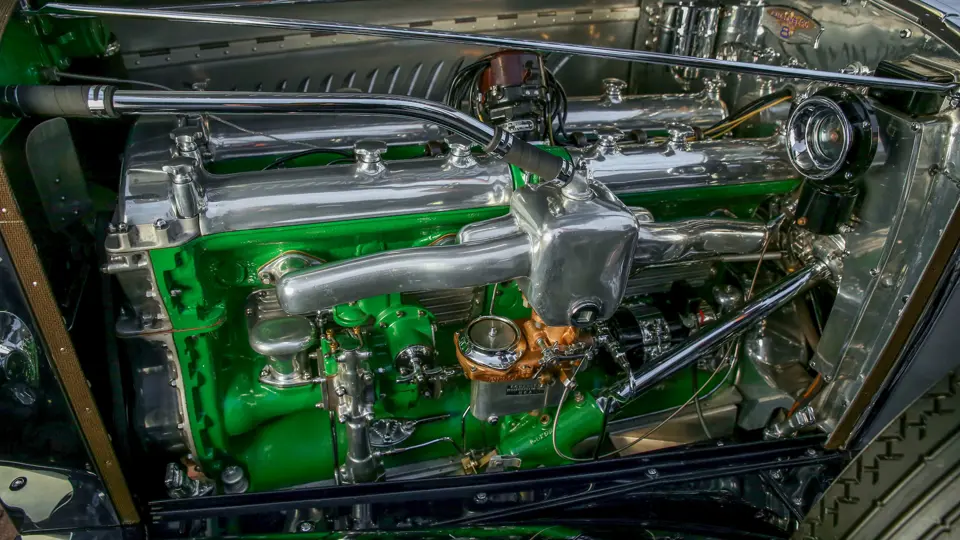
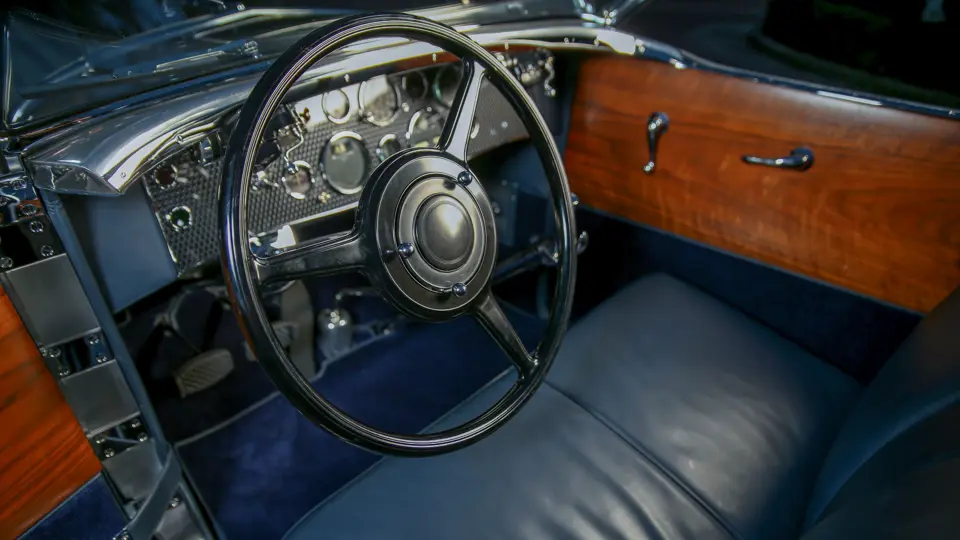

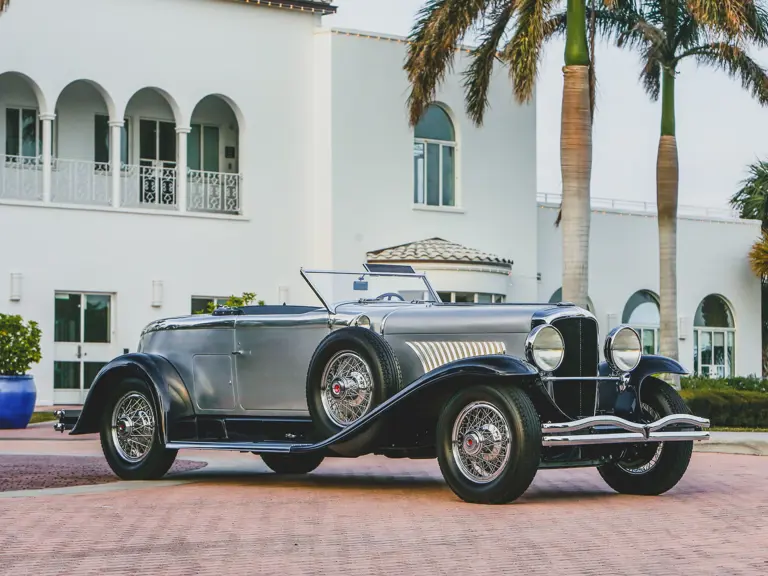
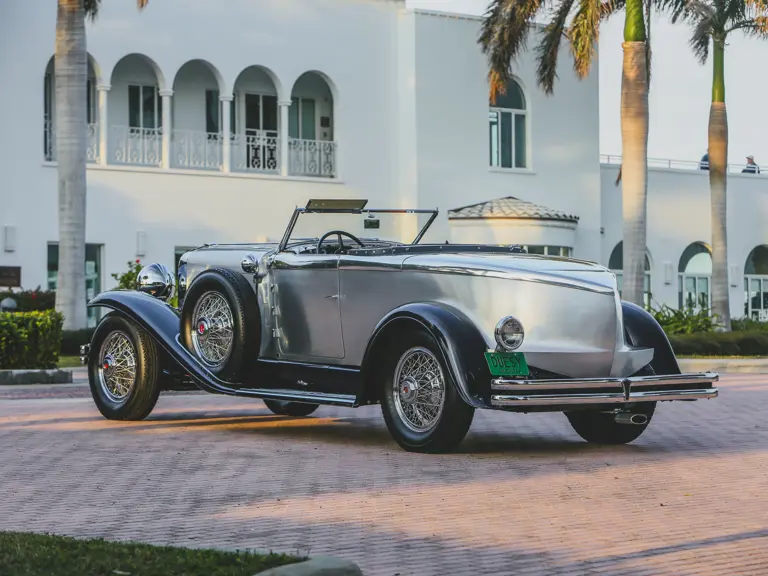
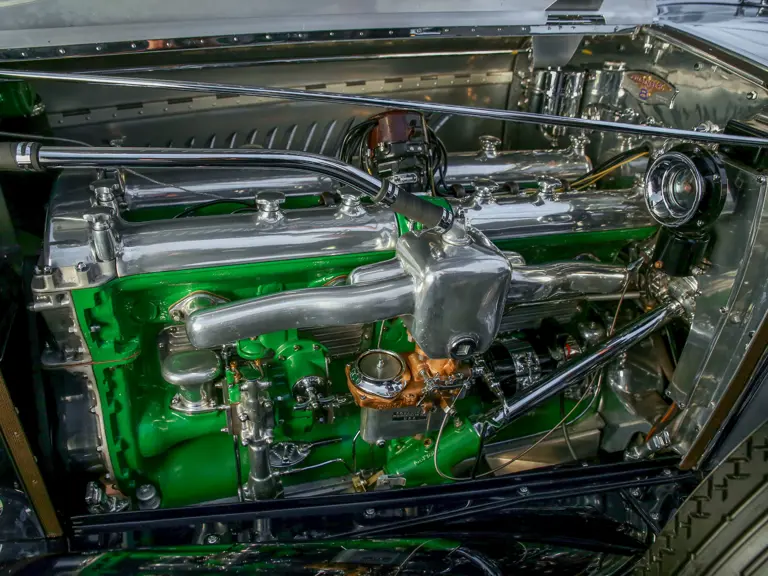
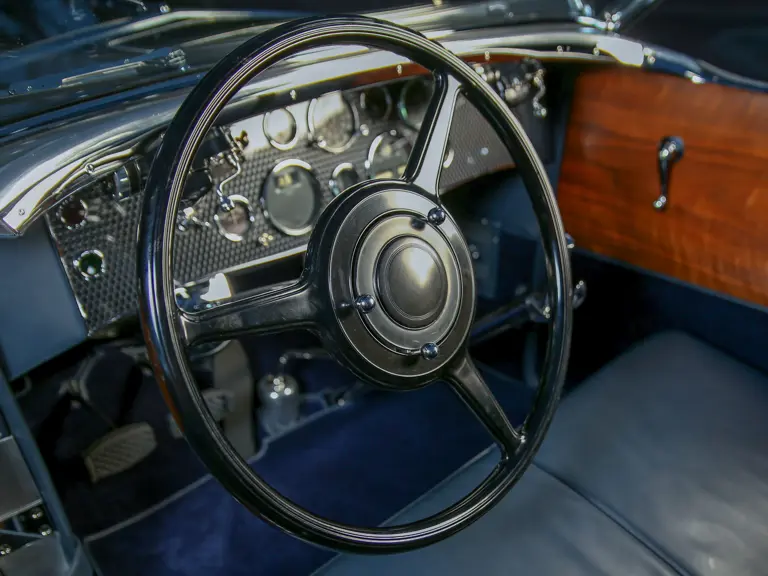
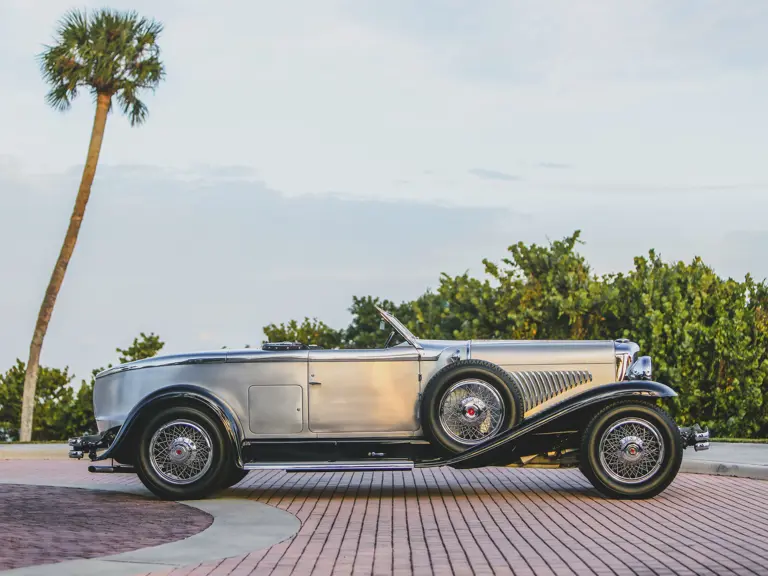
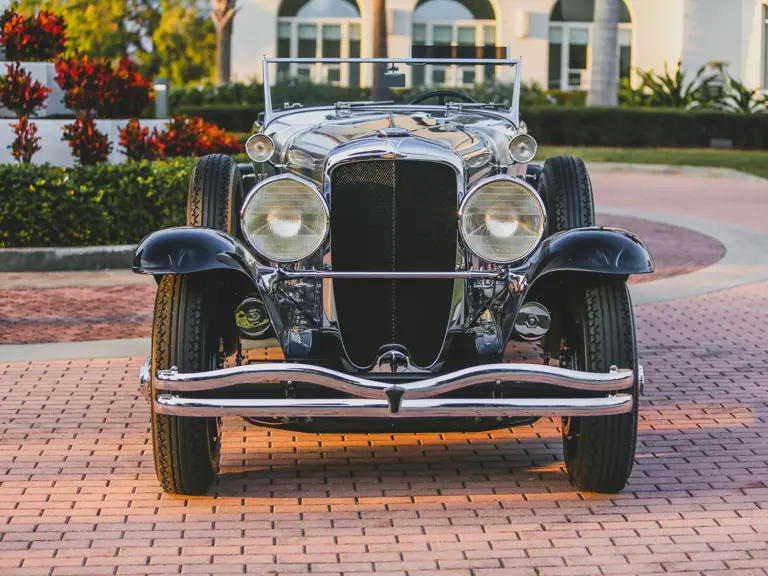
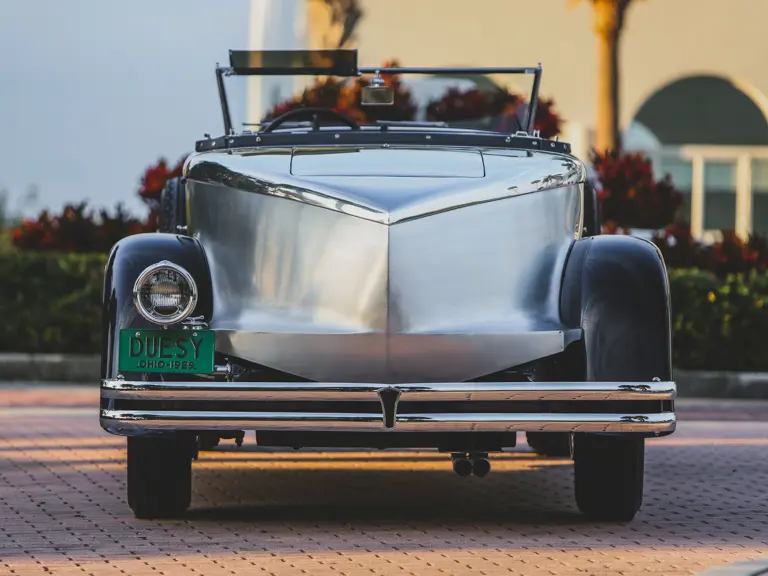
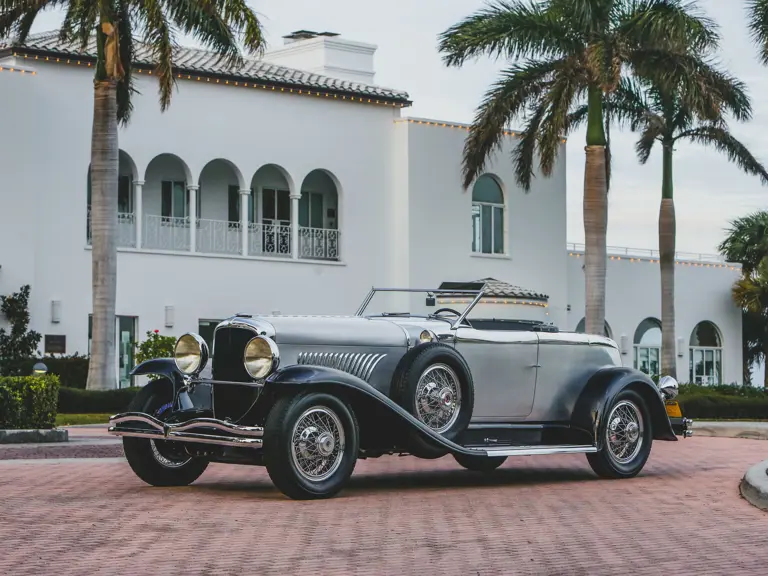


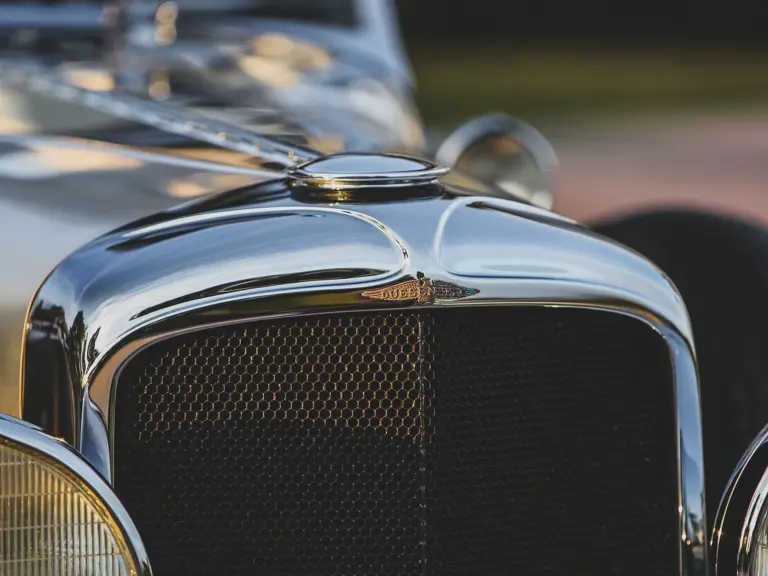
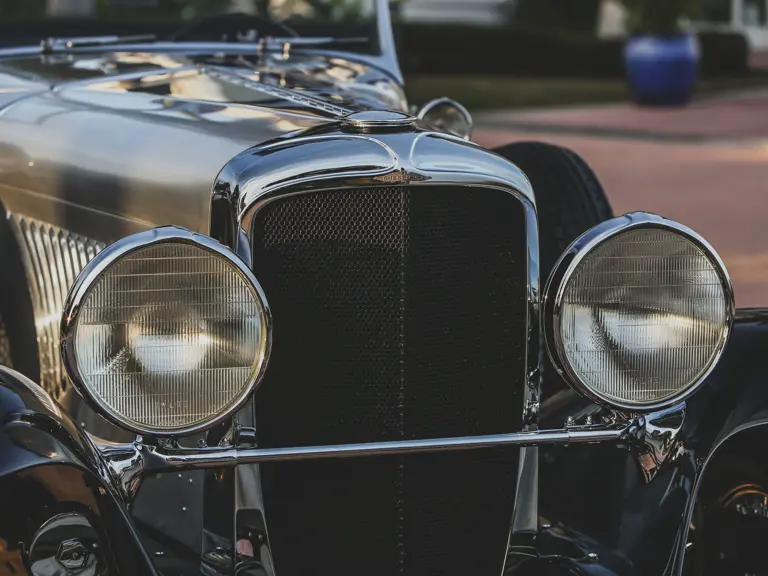
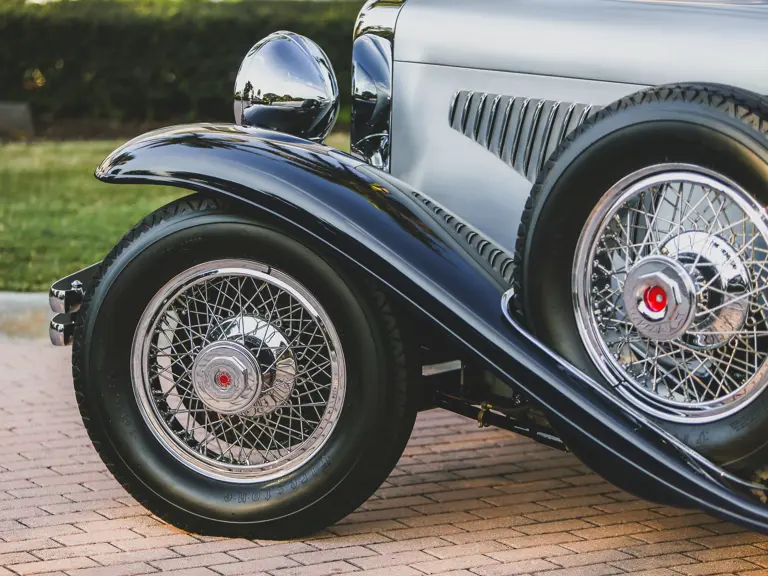
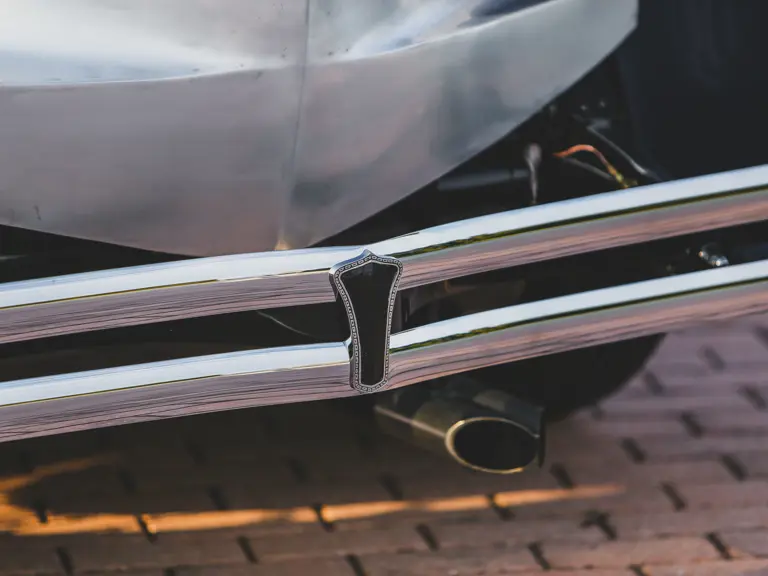
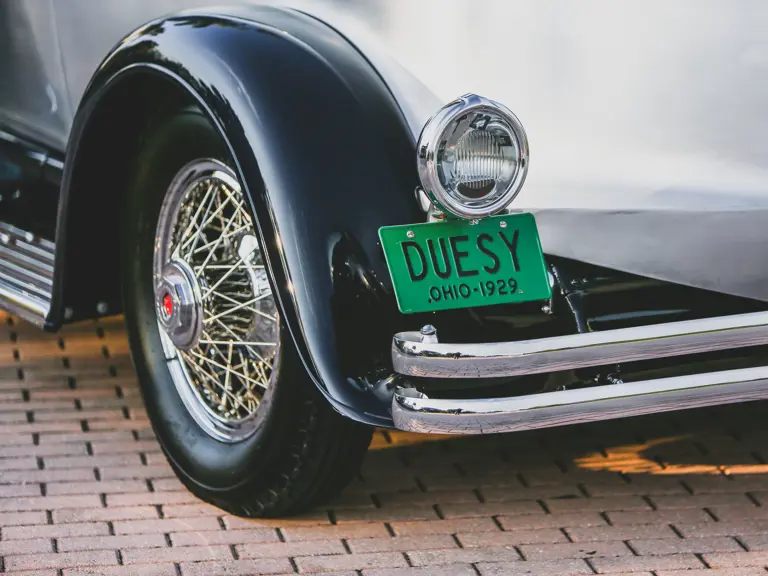
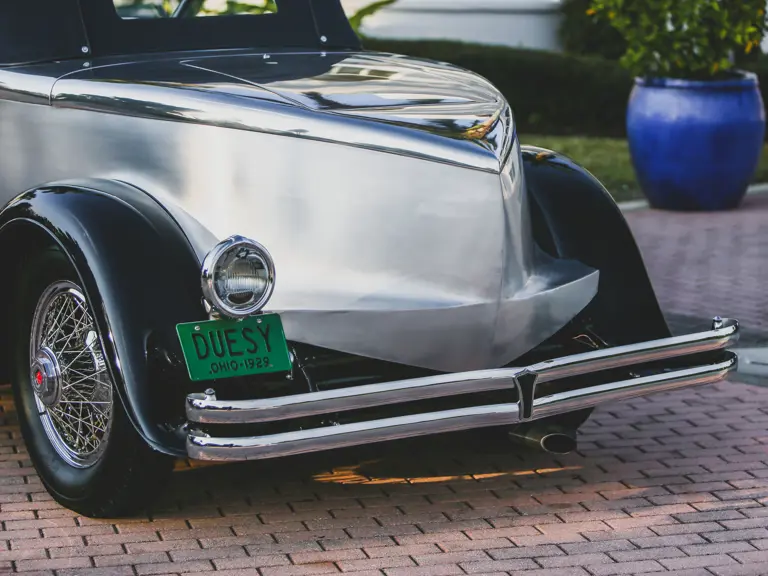
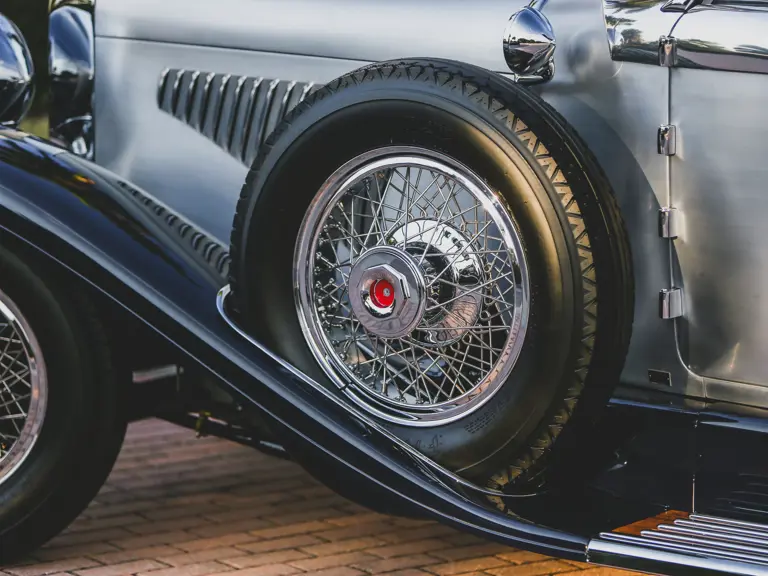
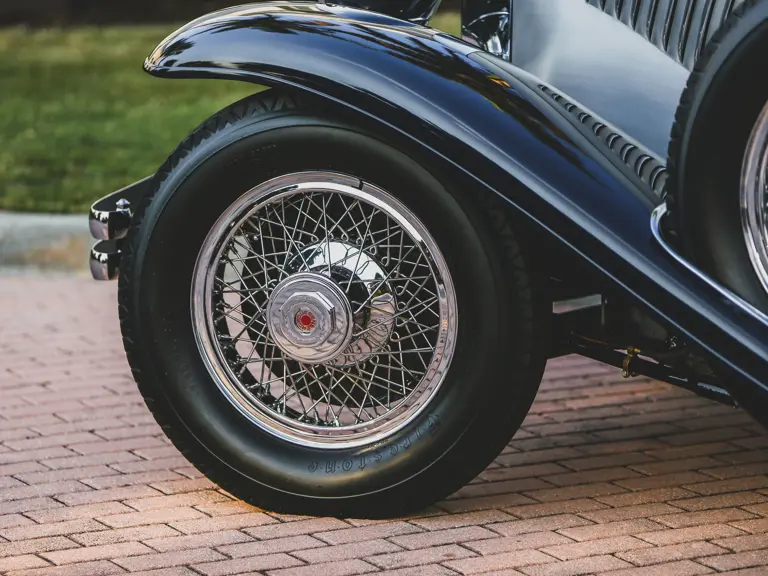
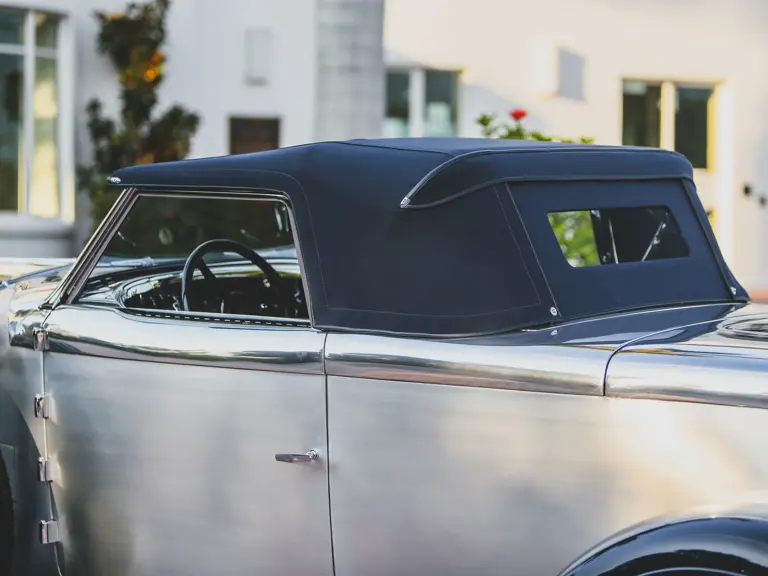
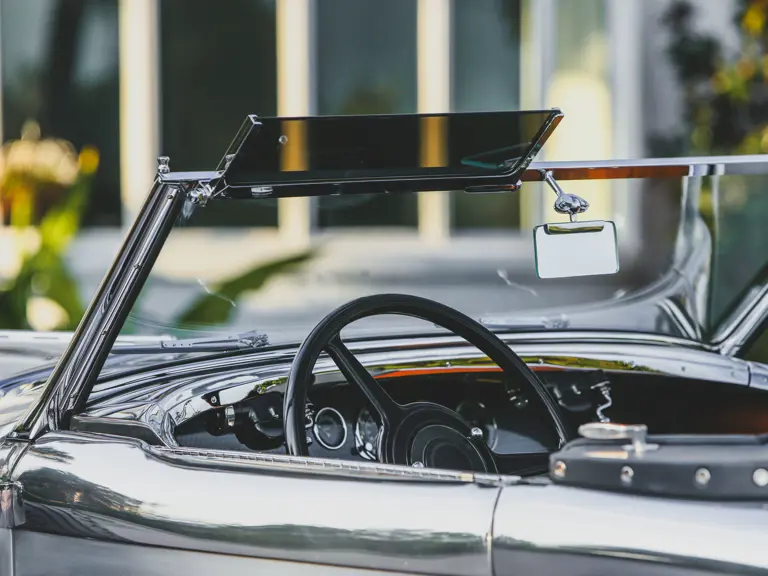
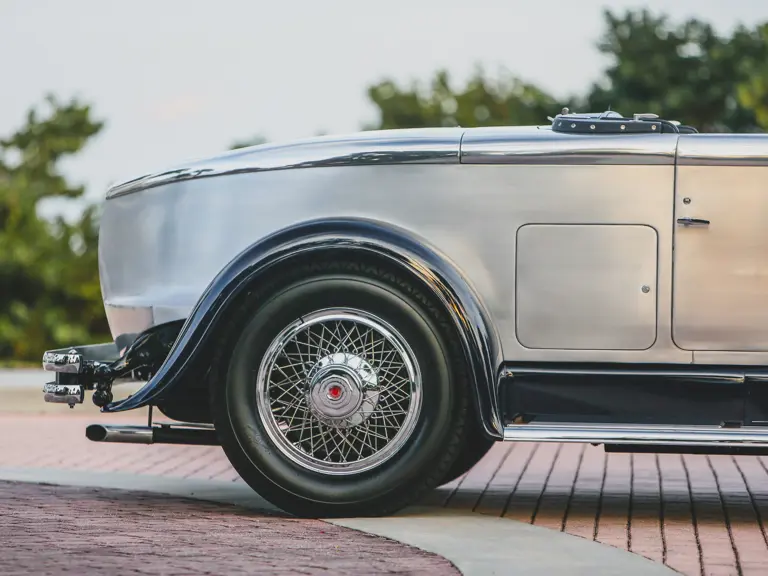
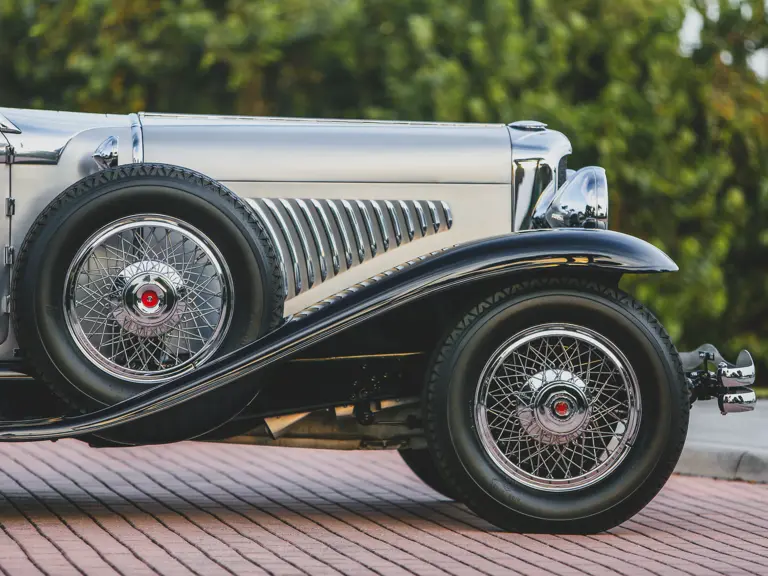
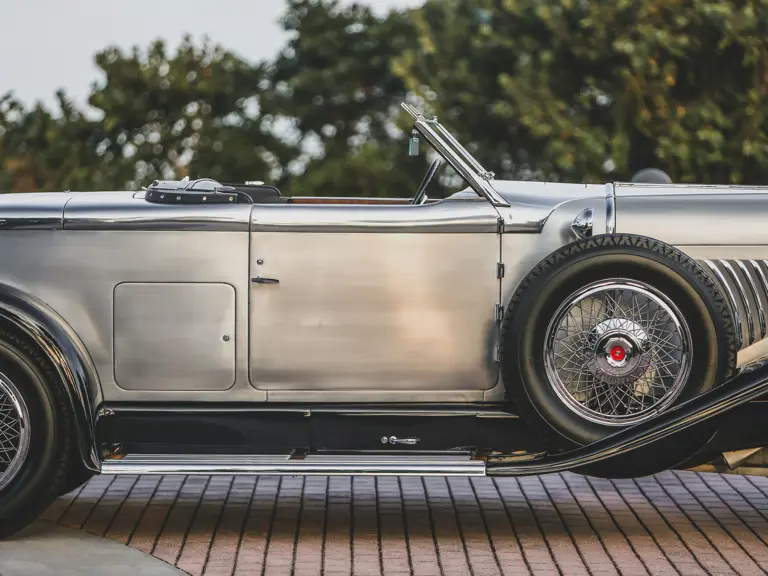



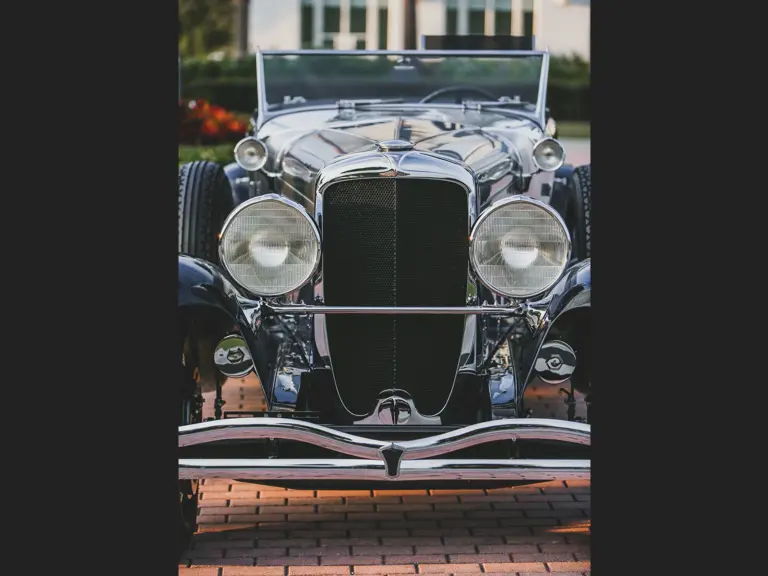

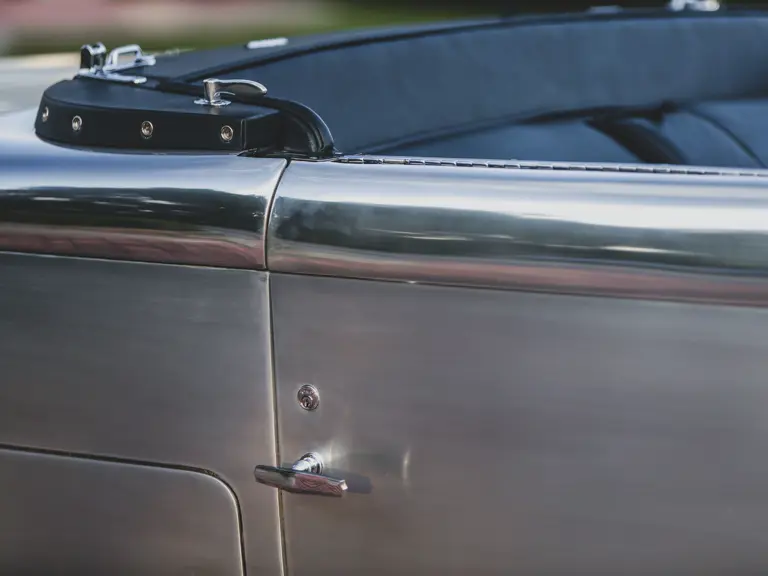
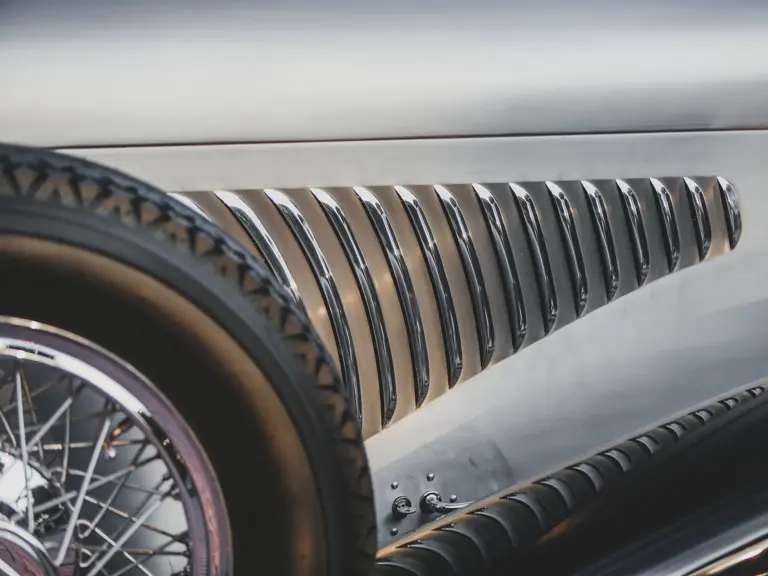

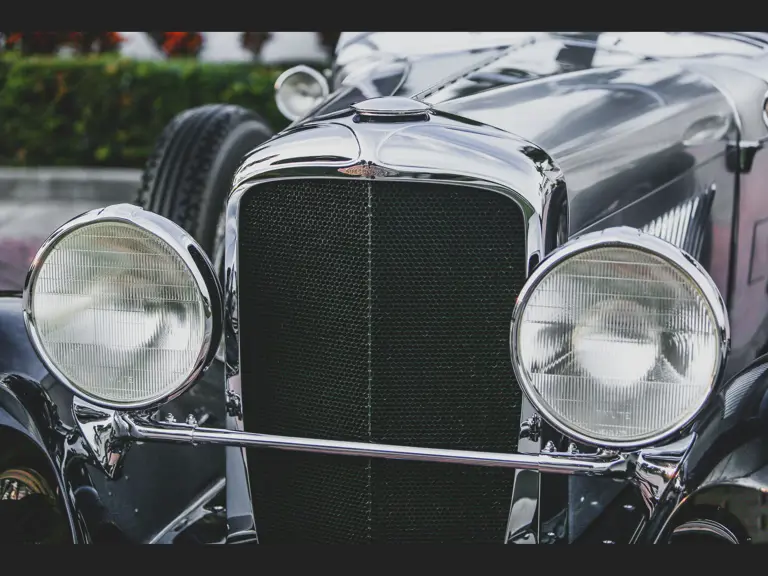
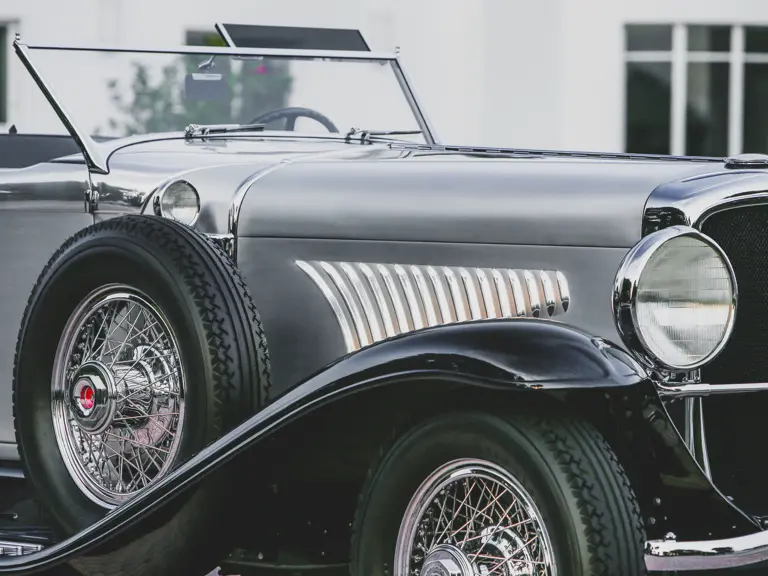
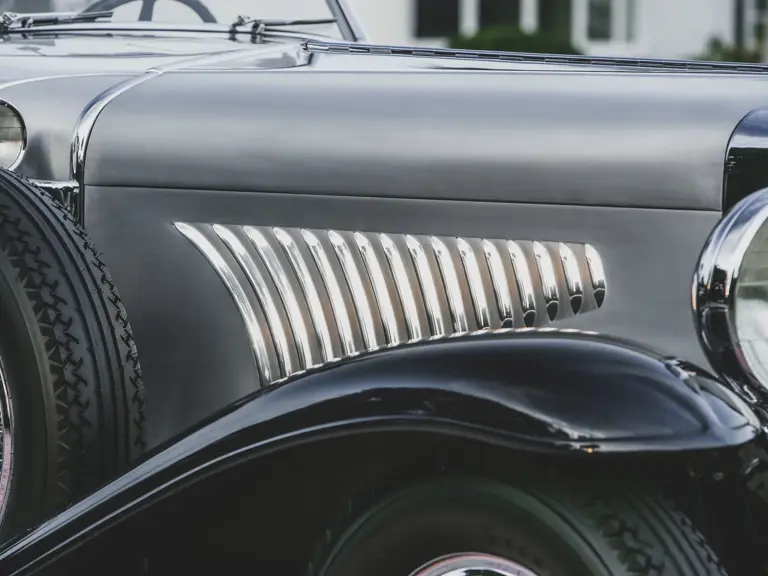

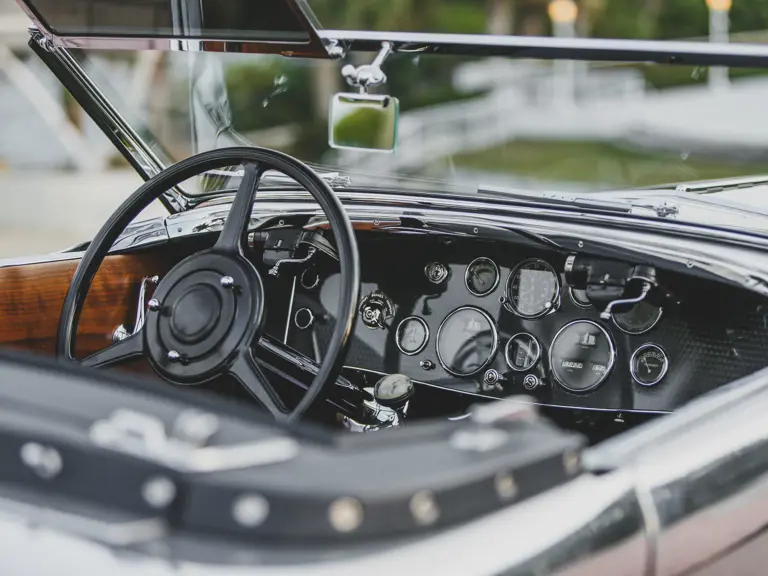
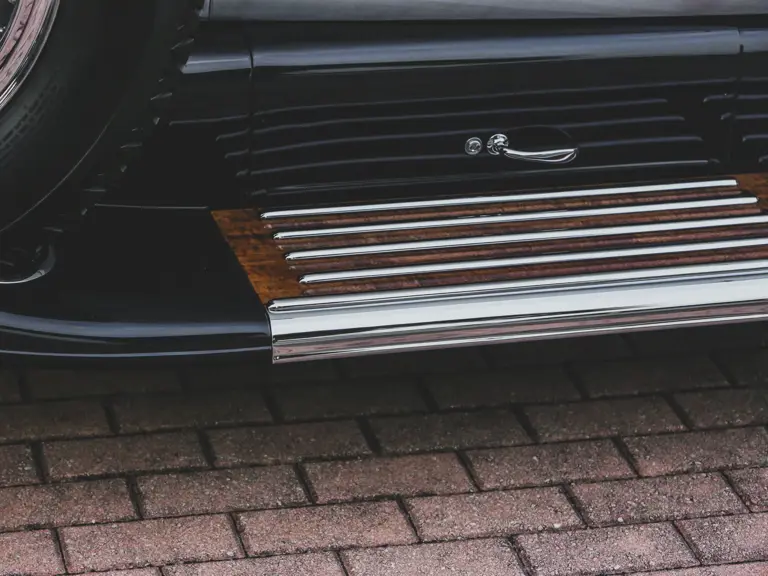
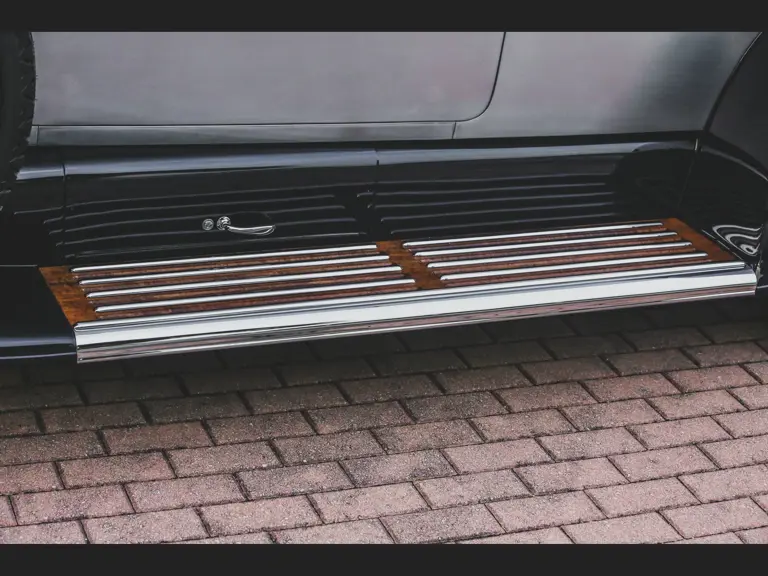

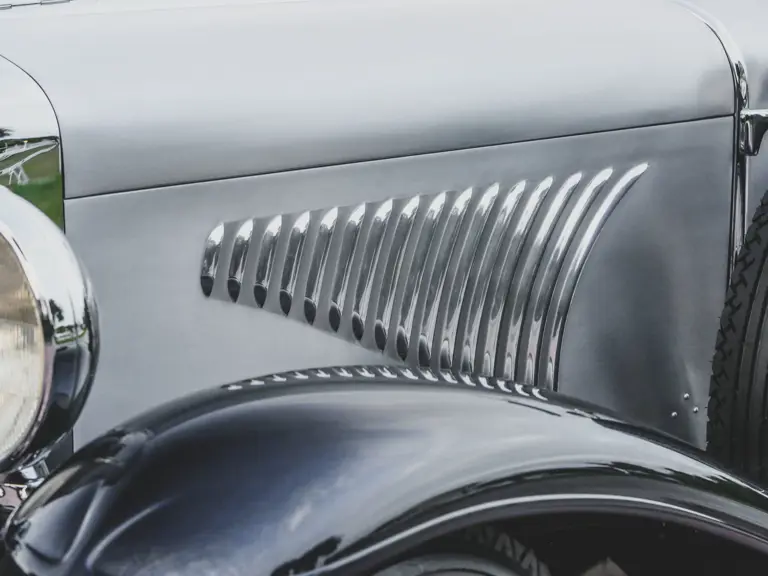
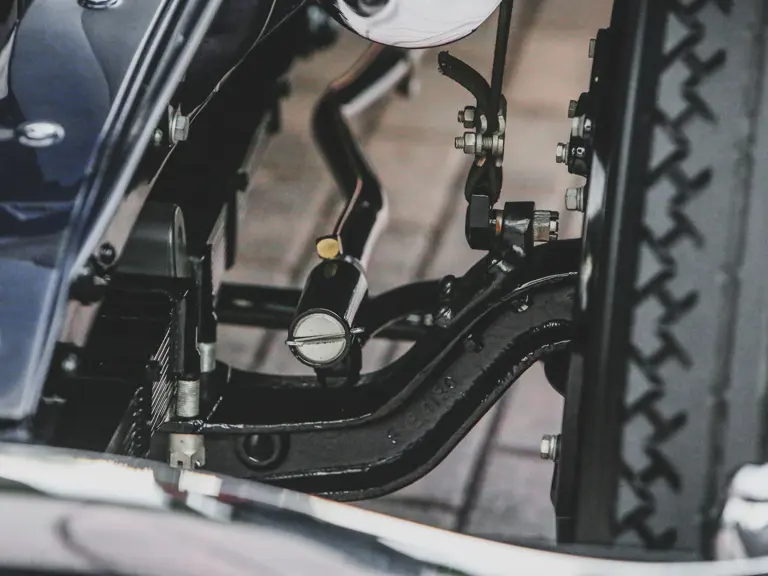
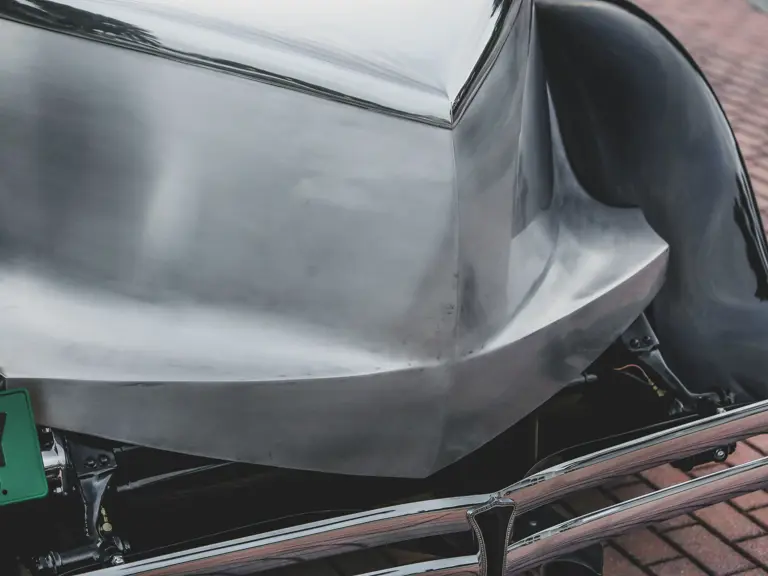
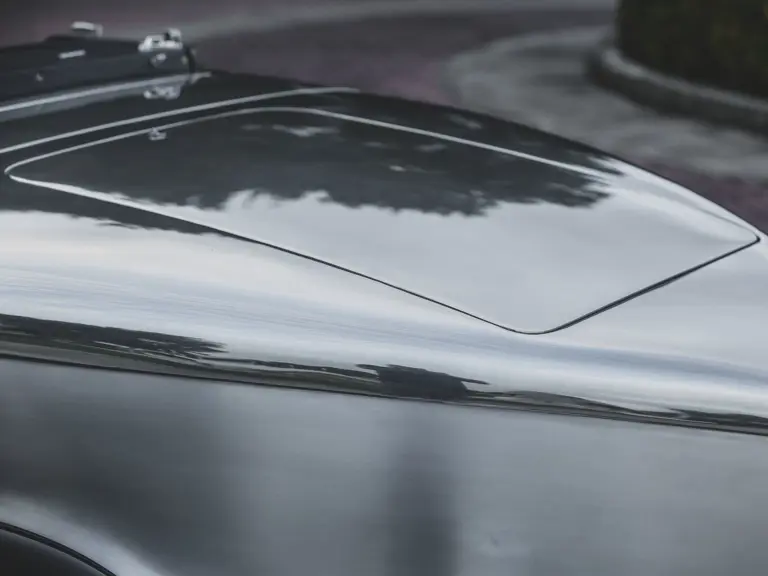

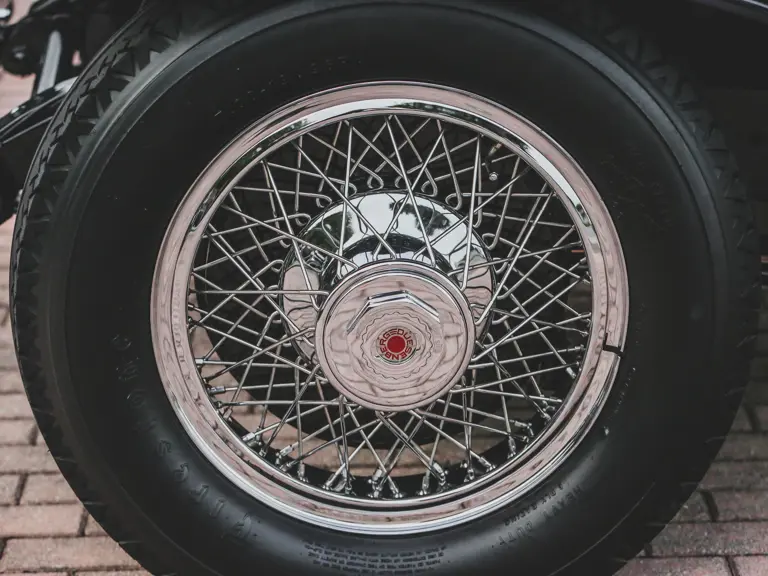
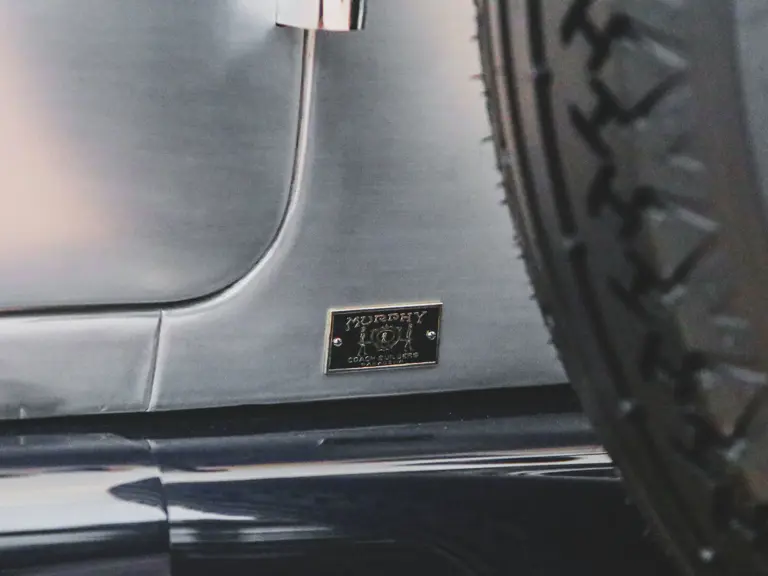

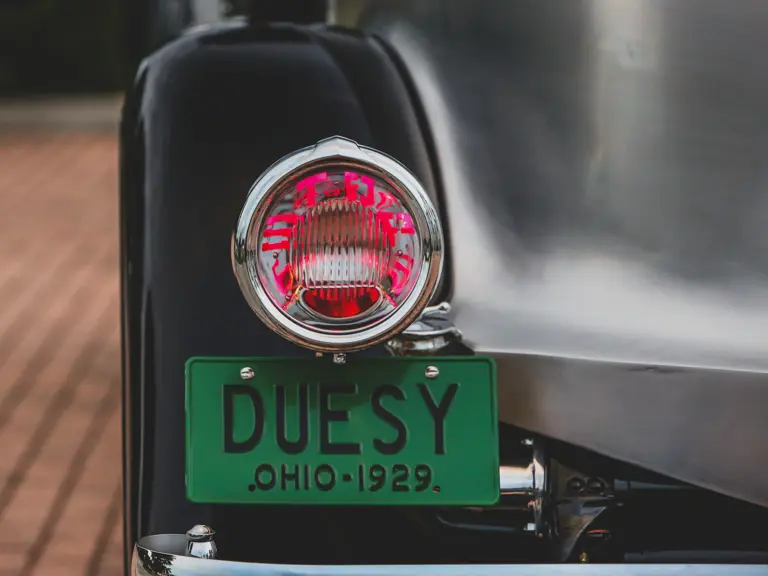

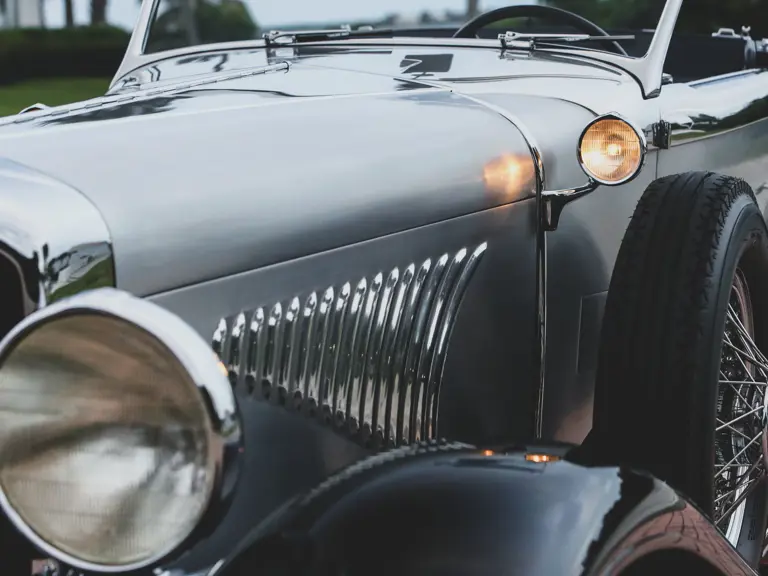
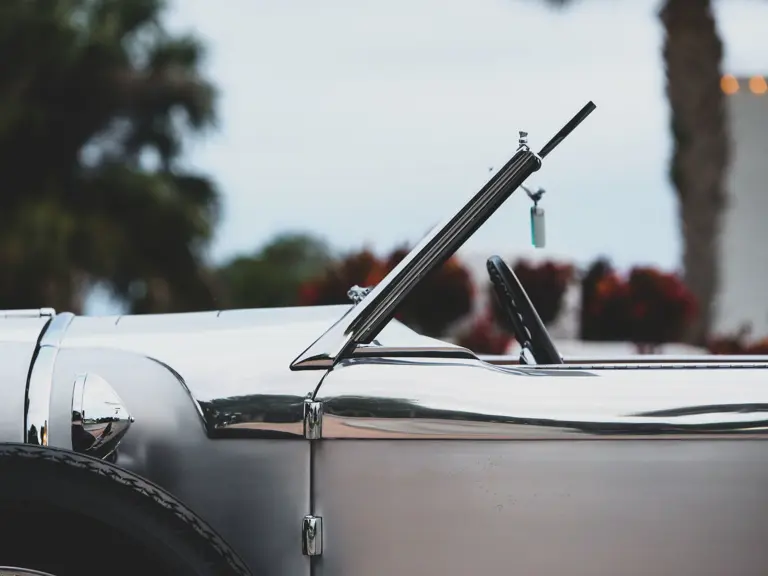
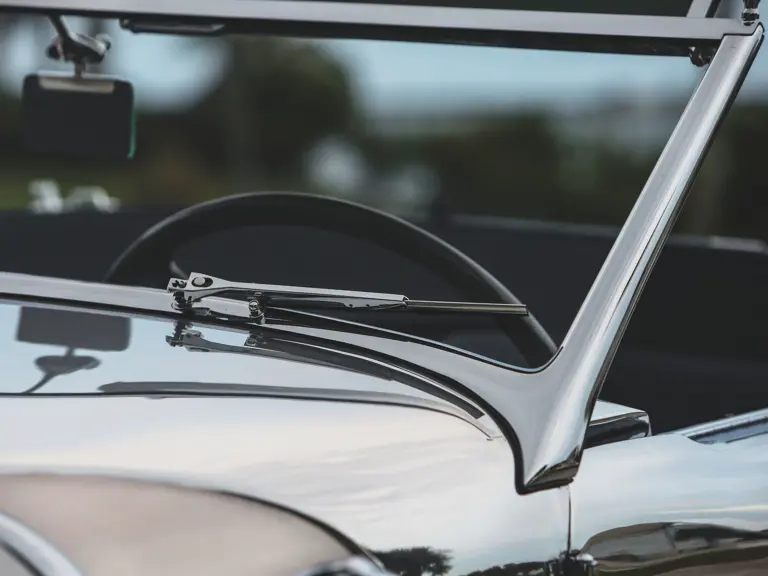
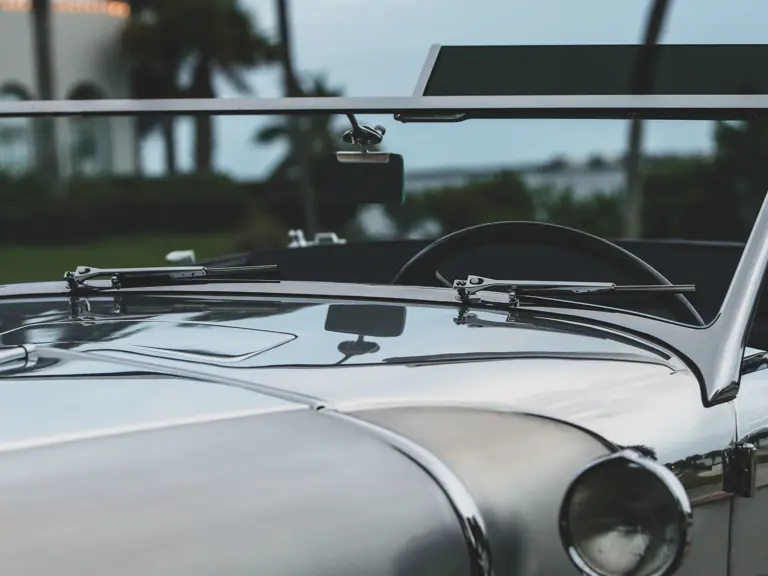
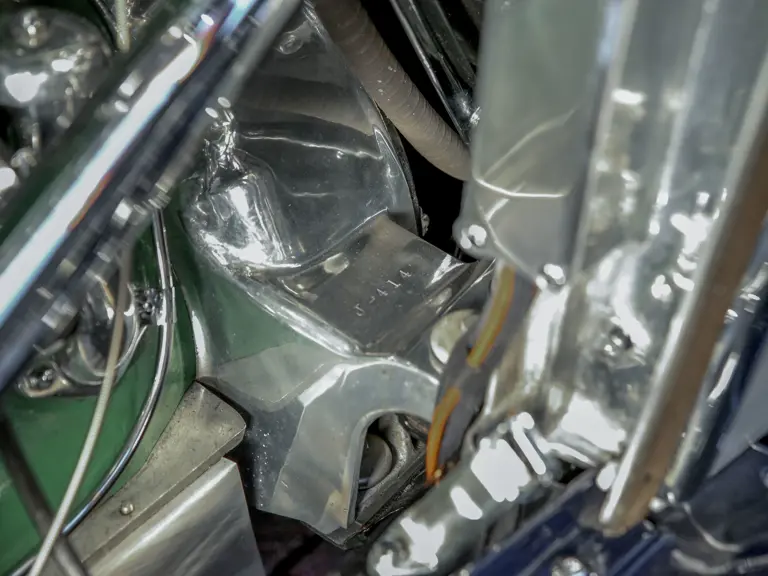
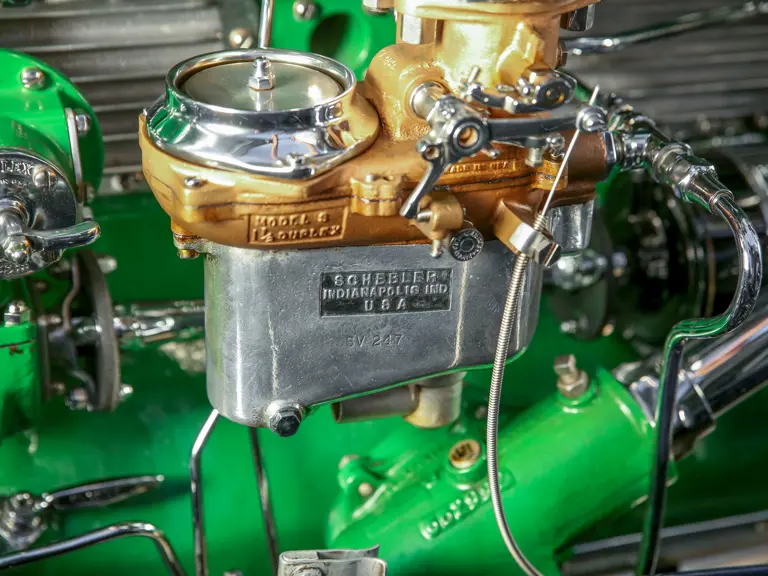
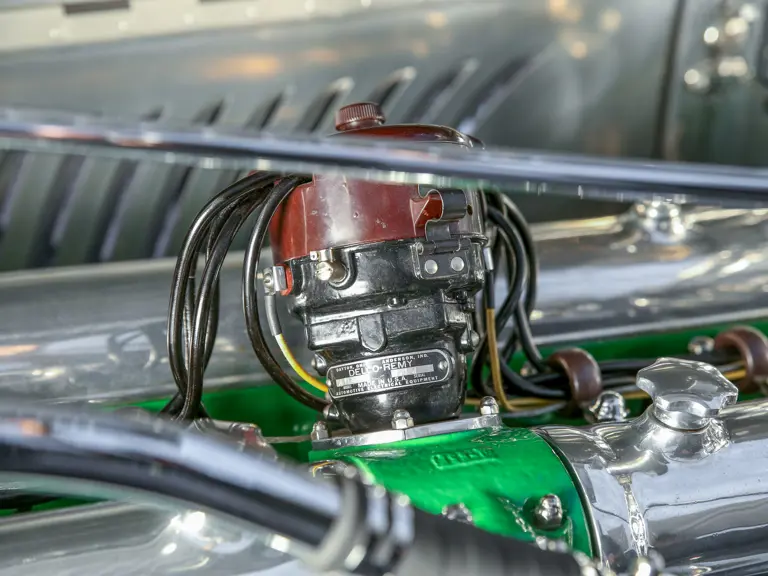

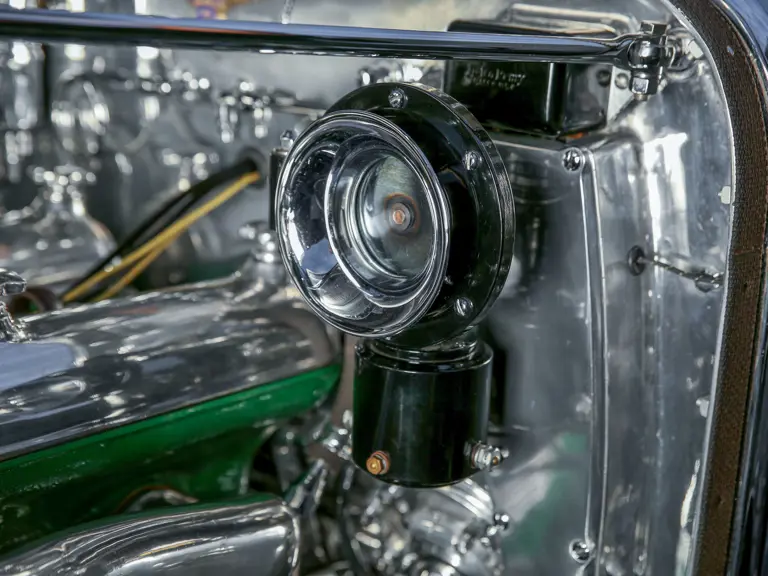

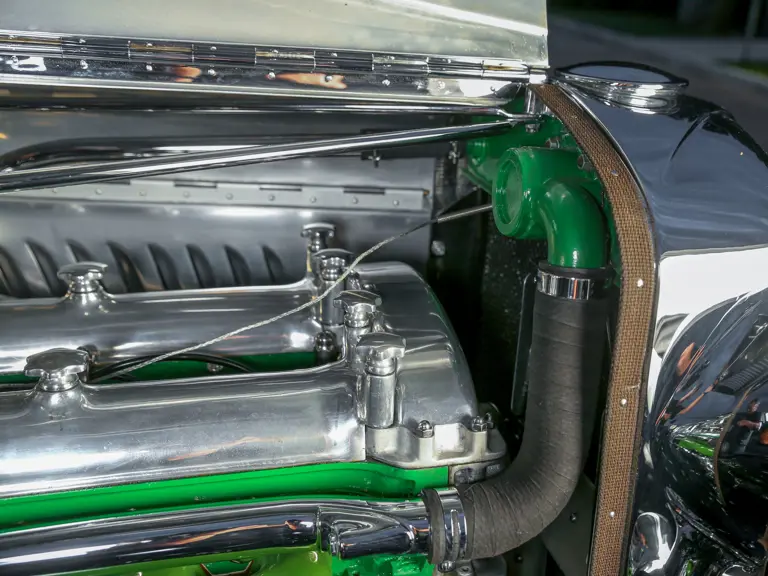

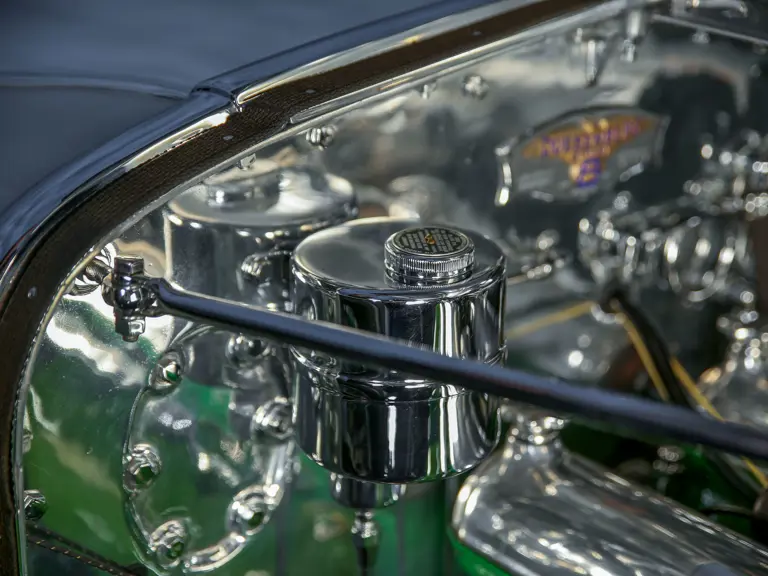
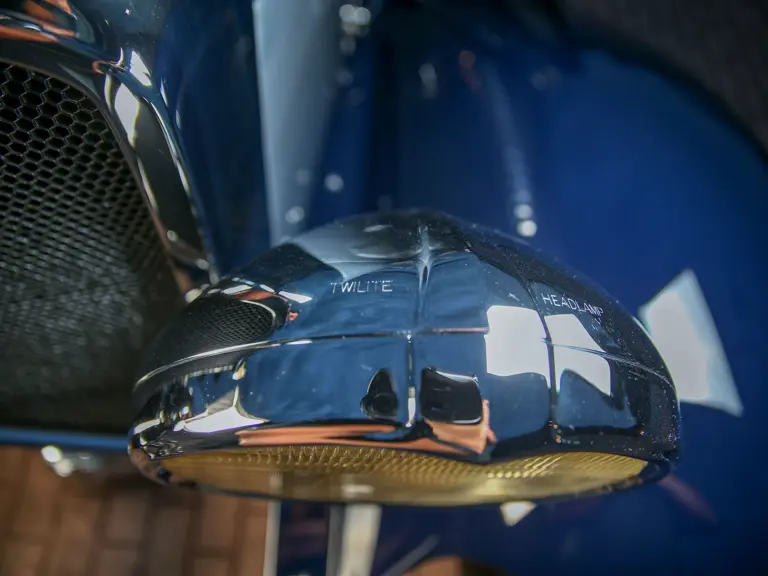
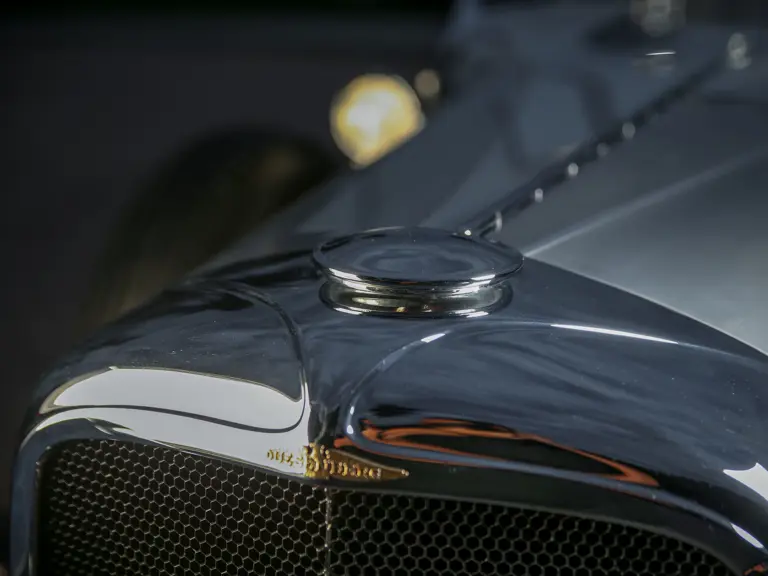
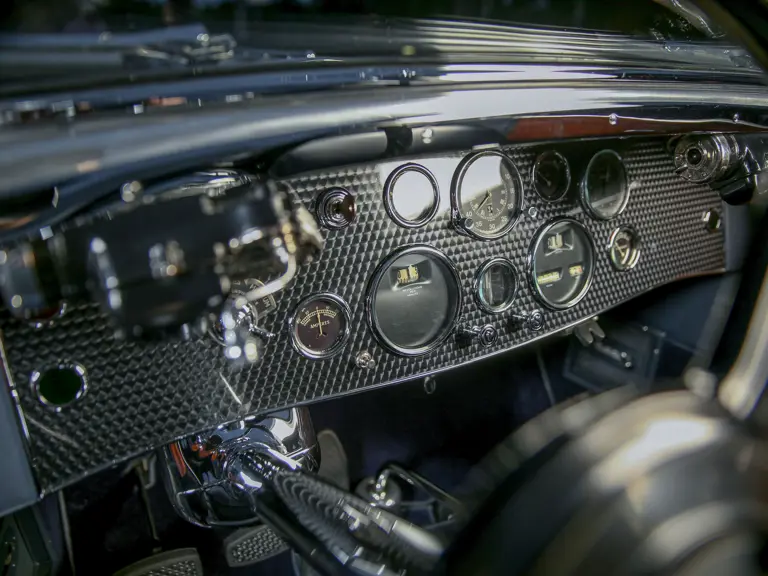
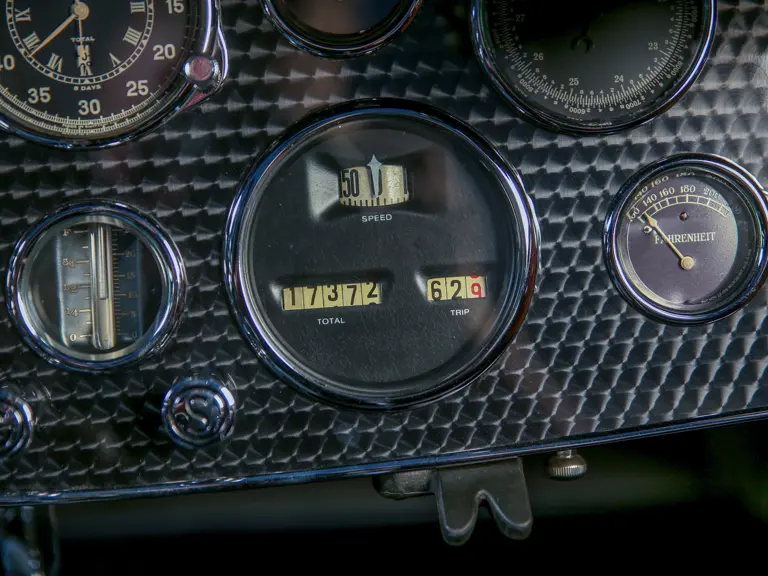
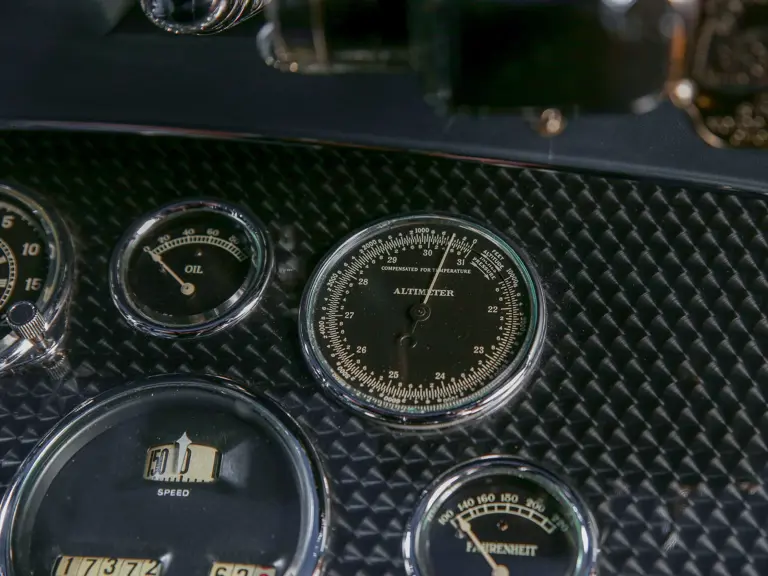
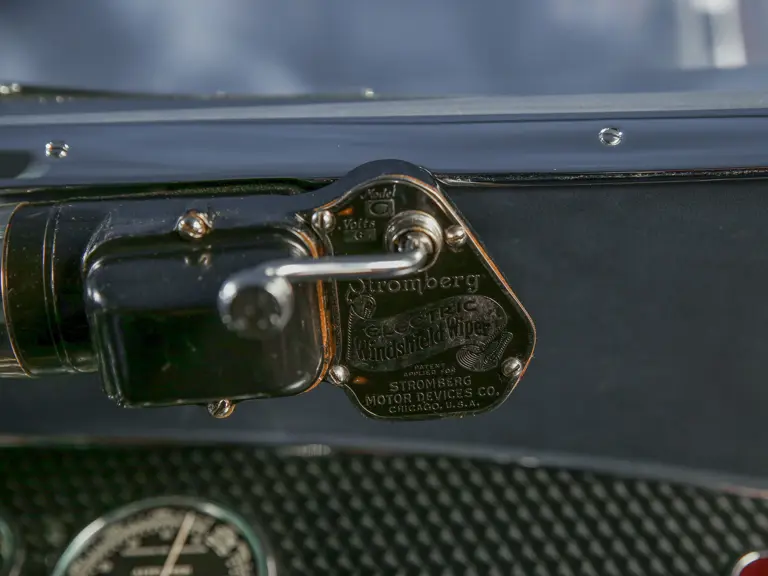
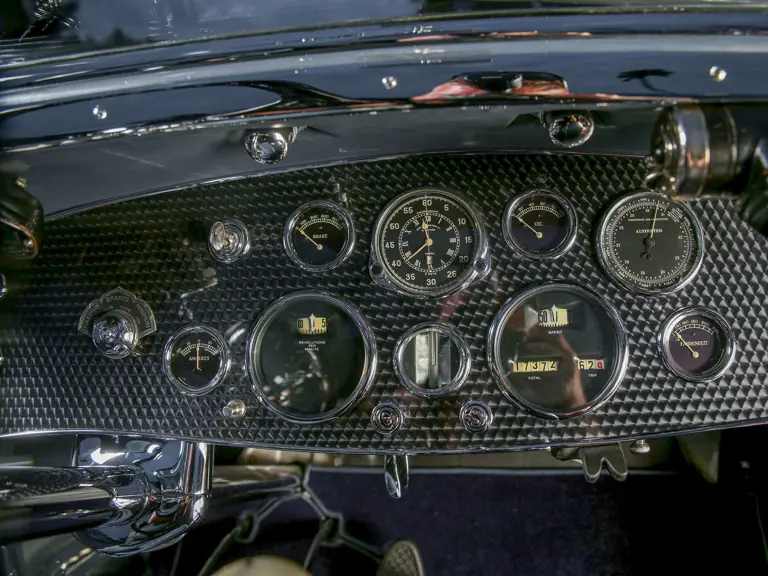




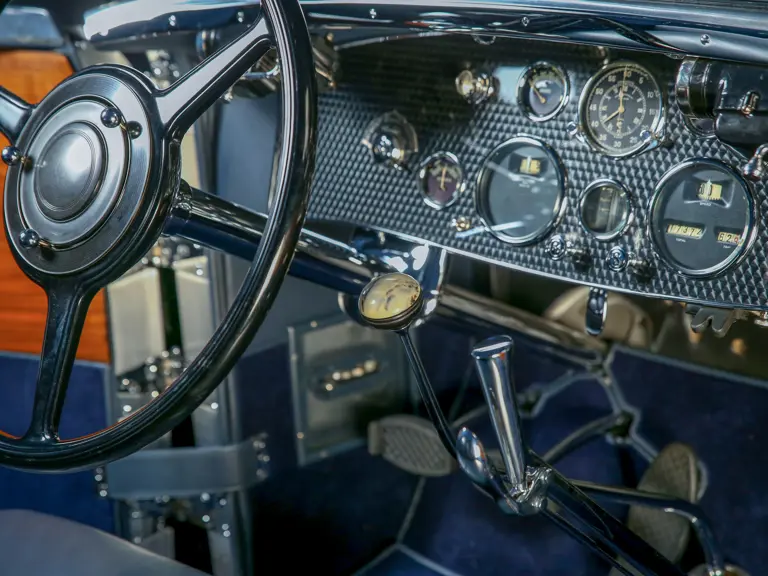
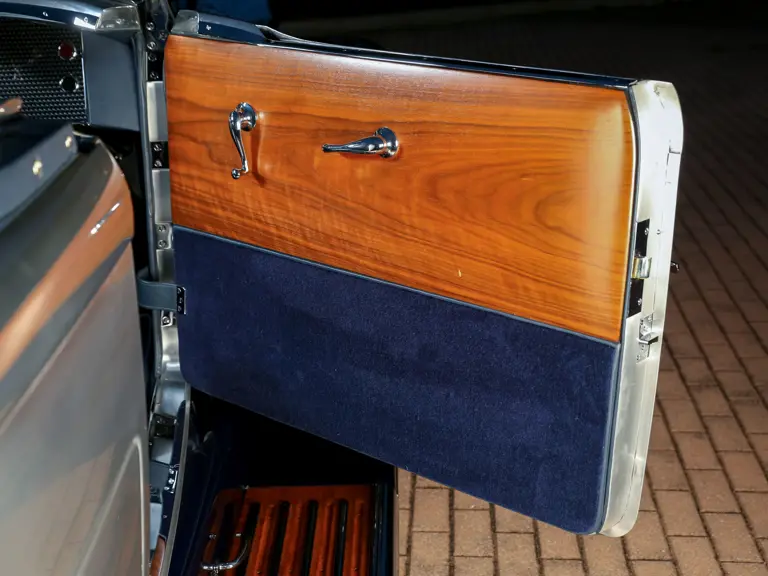
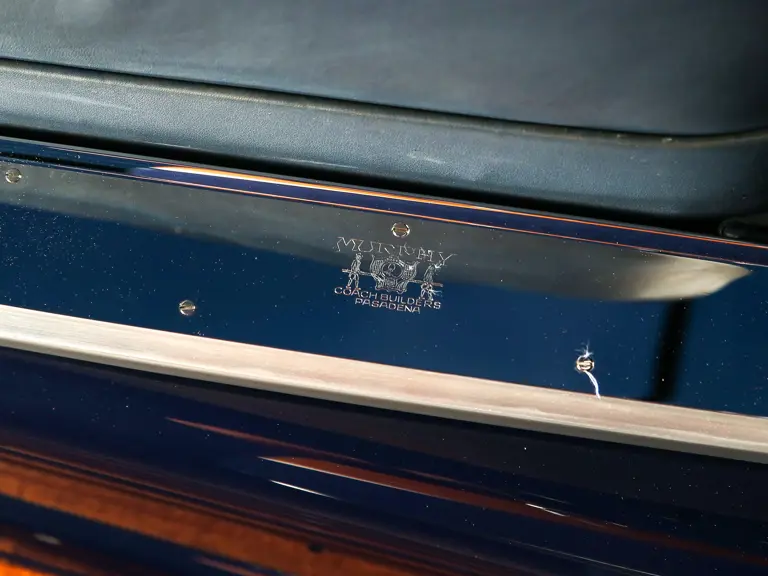
 | Amelia Island, Florida
| Amelia Island, Florida
